The Dish Towel That Ended America's Bloodiest War
April 9, 1865. Appomattox Court House, Virginia. After four years of devastating civil war that claimed over 620,000 American lives, the end came not with a grand battle flag, but with a simple white linen dish towel tied to a stick.
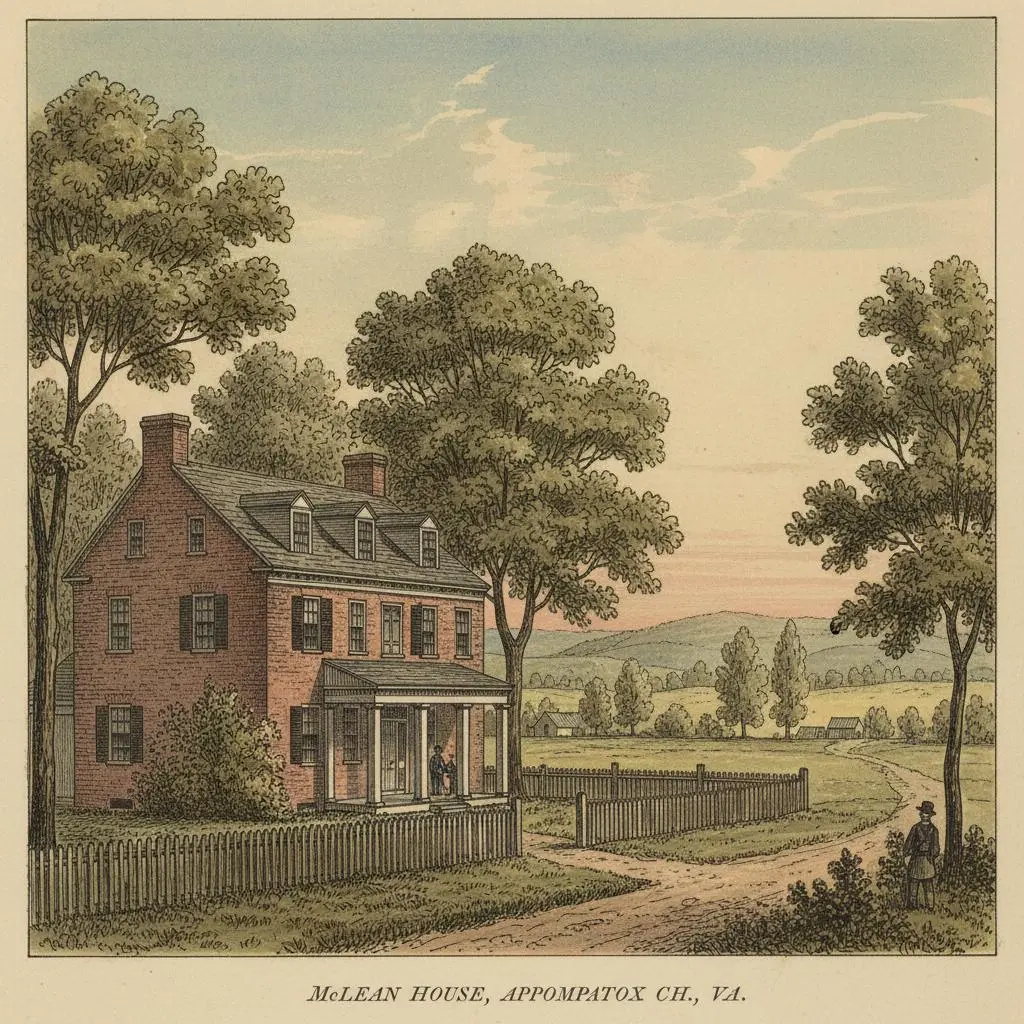
The Desperate Final Hours
General Robert E. Lee's Army of Northern Virginia was trapped like a wounded animal. His once-mighty force of 75,000 had dwindled to just 28,000 exhausted, starving soldiers. They were surrounded by 120,000 Union troops under Ulysses S. Grant. Richmond had fallen. The Confederate government had fled. Lee's men had no food, little ammunition, and nowhere to run.
On the morning of April 9th, Lee attempted one last breakout. His cavalry, led by his nephew Fitzhugh Lee, charged toward what they hoped was just Union cavalry blocking their escape route. Instead, they found two full corps of infantry—over 50,000 men with artillery. The trap was complete.
The Moment Of Truth
As Confederate forces prepared for what many thought would be a final, suicidal charge, a white flag appeared on the battlefield. It wasn't an official surrender flag—it was a white linen dish towel, hastily tied to a stick by one of Lee's officers. That simple piece of cloth would end the bloodiest conflict in American history.
Lee, the proud Virginian who had turned down command of Union forces to defend his home state, faced the hardest decision of his life. His aide, Colonel Charles Marshall, later recalled Lee's words: "There is nothing left for me to do but to go and see General Grant, and I would rather die a thousand deaths."
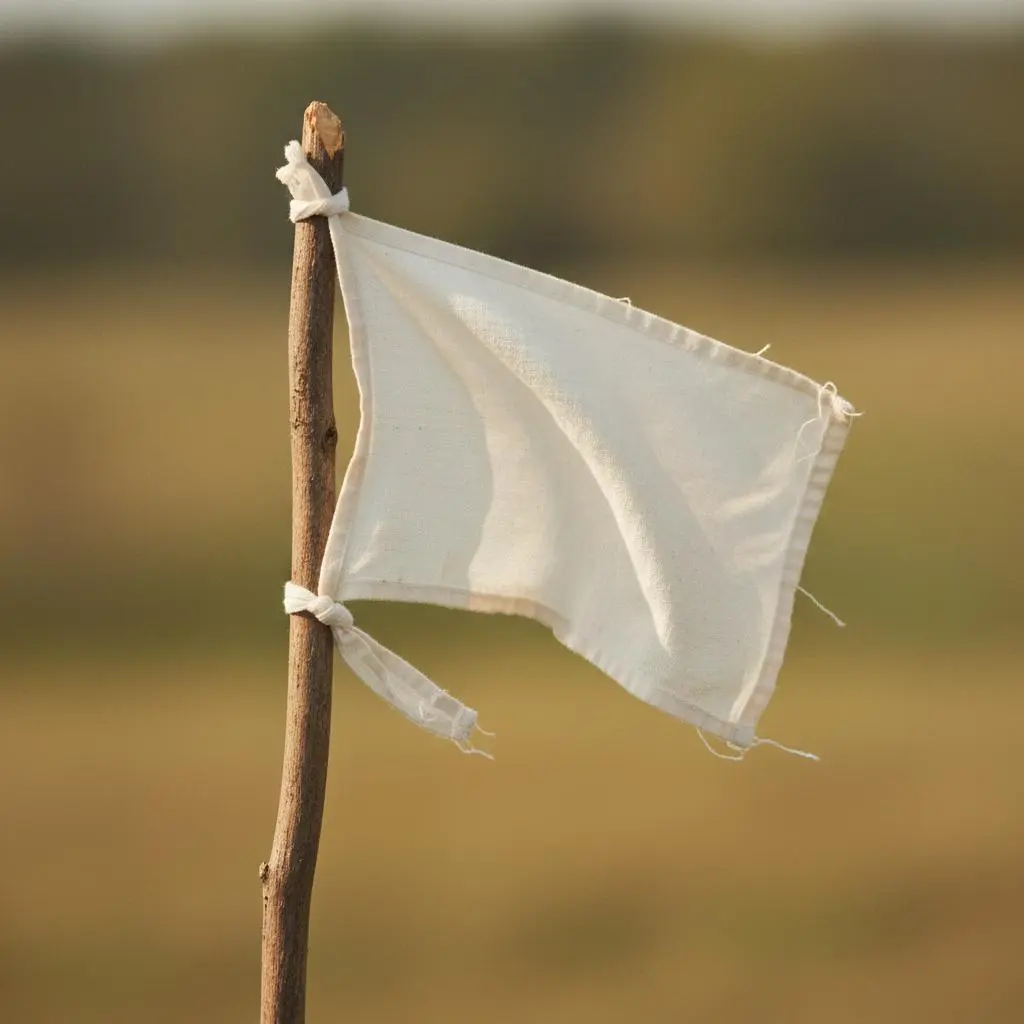
Inside The McLean House
At 1:30 PM, Lee rode his gray horse Traveller to meet Grant at the home of Wilmer McLean—a man whose property had seen both the first major battle of the war (Bull Run) and now its end. The irony wasn't lost on anyone: the war that began in McLean's front yard would end in his front parlor.
The contrast between the two generals was striking. Lee, immaculate in his dress uniform with a jeweled sword, represented the old Southern aristocracy. Grant, in his mud-splattered field uniform, embodied the Union's industrial might. Yet when they met, Grant later wrote, "I felt like anything rather than rejoicing at the downfall of a foe who had fought so long and valiantly."
The Ceremony of Respect
Three days later came one of the most moving moments in American military history. On April 12th, 28,000 Confederate soldiers marched to surrender their battle flags and weapons in a formal ceremony. Union General Joshua Chamberlain—the hero of Gettysburg—was chosen to receive the surrender.
As the first Confederate division approached, led by General John B. Gordon, Chamberlain made a decision that would echo through history. He ordered his entire corps to "present arms"—the military salute of honor reserved for reviewing officers and dignitaries.
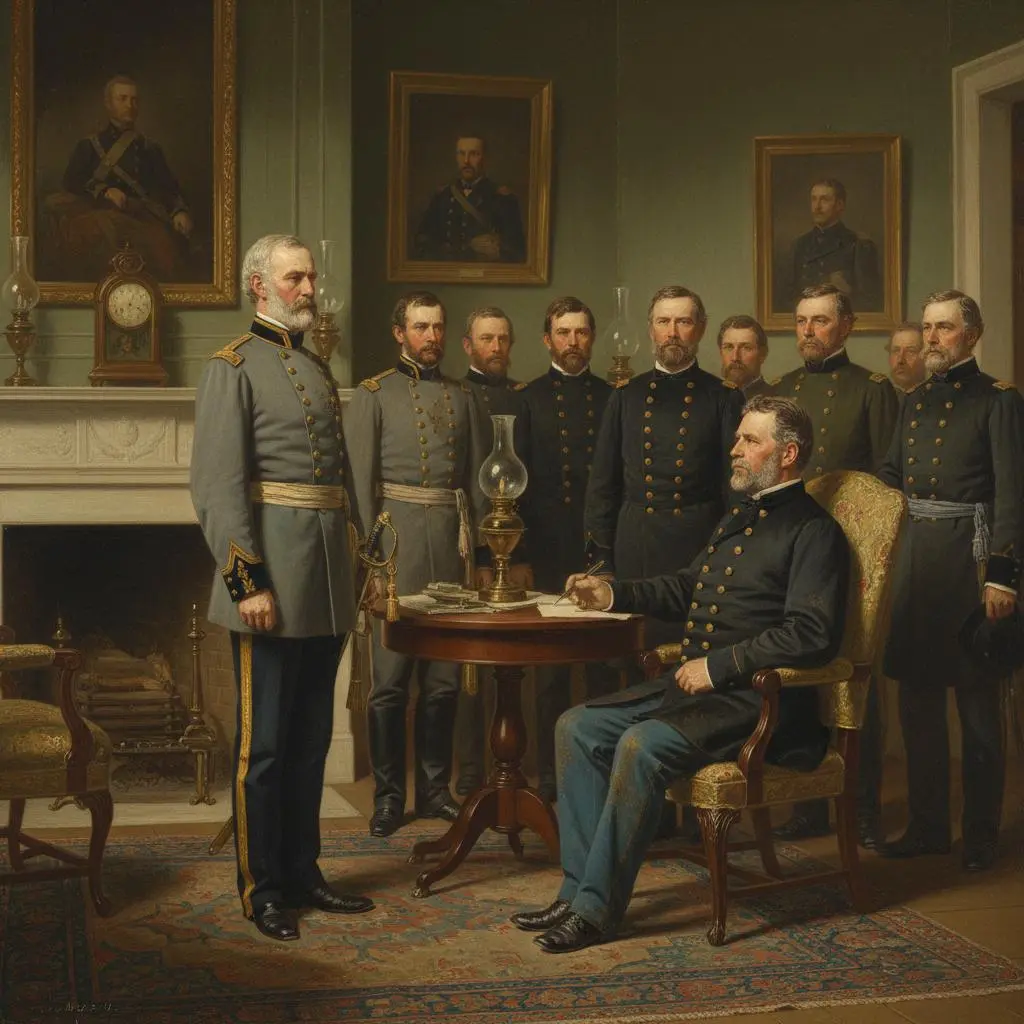
Flags Folded, Nation Healing
The effect was electric. Gordon, startled by the unexpected honor, immediately ordered his men to return the salute. As one witness described it: "On our part not a sound of trumpet more, nor roll of drum; not a cheer, nor word nor whisper of vain-glorying, but an awed stillness rather, and breath-holding, as if it were the passing of the dead!"
As each Confederate regiment laid down their battle flags, many soldiers wept openly. These weren't just pieces of cloth—they were symbols of their homes, their sacrifices, their fallen comrades. Some kissed their flags before folding them. Others tore off pieces to keep as mementos.
The 3rd Corps of the Army of Northern Virginia was the first to surrender their colors. Their battle flag, riddled with bullet holes from four years of fighting, was carefully folded and placed on the growing pile. Regiment after regiment followed: the Stonewall Brigade, the Texas Brigade, the remnants of Pickett's division that had charged at Gettysburg.
The Human Cost
Among those surrendering was Private John Whitten of the 9th Virginia Infantry, who had enlisted at age 16 and was now 20. He later wrote: "When I saw our flag come down, I thought my heart would break. But when those Yankees saluted us, I knew we were still soldiers, still Americans."
The ceremony took hours. By the end, over 200 Confederate battle flags had been surrendered—each one representing thousands of men who had marched under its colors, many of whom would never come home.
The White Flag's Legacy
The white dish towel that started it all? It disappeared into history, but its message lived on: sometimes the most powerful flag is the one that signals an end to fighting and the beginning of healing.
Chamberlain later wrote: "Before us in proud humiliation stood the embodiment of manhood: men whom neither toils and sufferings, nor the fact of death, nor disaster, nor hopelessness could bend from their resolve; standing before us now, thin, worn, and famished, but erect, and with eyes looking level into ours, waking memories that bound us together as no other bond."
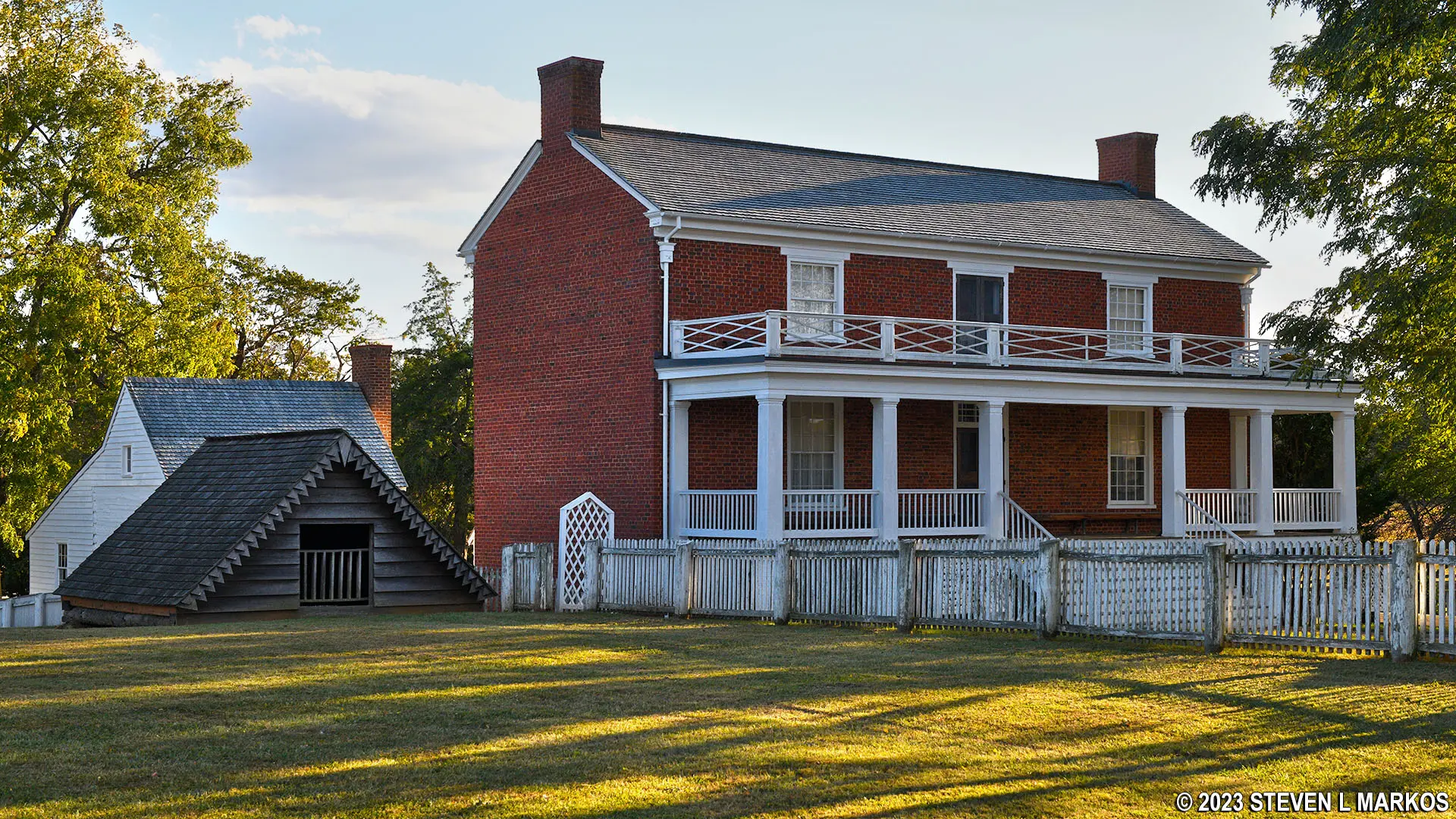
Image Source: National Park Service / J. Inge. McLean House, Appomattox Court House National Historical Park.
The Beginning of Reunion
The surrender at Appomattox showed that flags could represent not just victory or defeat, but honor, respect, and reconciliation. In a nation torn apart by war, the simple act of saluting an enemy's flag helped begin the long process of becoming one country again.
Within weeks, other Confederate armies would surrender using Appomattox as their model. The last Confederate flag would be lowered on June 23, 1865, when the CSS Shenandoah surrendered in Liverpool, England. But it was at Appomattox, with a dish towel and a salute, that America began to heal.
The Lasting Impact
Today, the McLean House stands as a monument to reconciliation. The room where Lee and Grant met has been restored to look exactly as it did on April 9, 1865. Visitors can stand where two great generals chose honor over hatred, where a white flag ended a war, and where America learned that sometimes the greatest victory is knowing when to stop fighting.
The flags folded at Appomattox weren't just surrendered—they were transformed from symbols of division into reminders that even in our darkest hours, Americans can find their way back to each other.
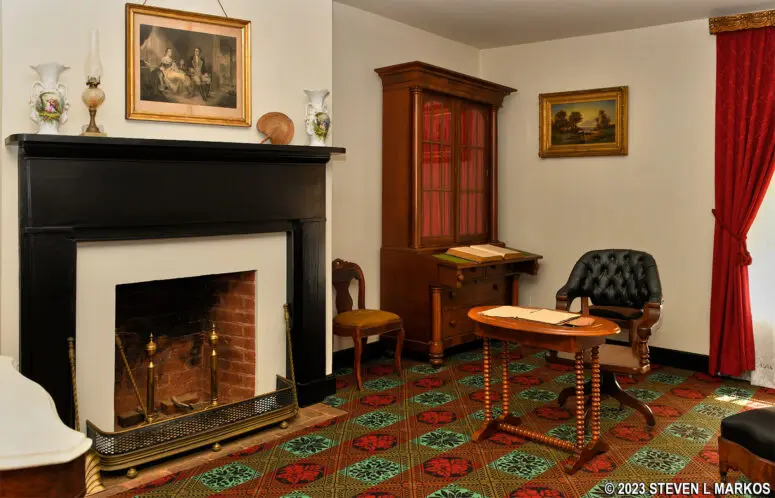
Image Source: National Park Service. Reproductions of the table and chair used by General Ulysses S. Grant when signing surrender papers inside the parlor of the McLean House, Appomattox Court House National Historical Park. Public domain.
Order Your U.S. Flag Today!
Want to fly the Stars and Stripes at your home, business, or event? There’s no better way to honor America and all it represents than with a flag built to last. Our U.S. flags are Veteran-Owned, Made in the USA, and Weather-Tested to stand strong in any season. Looking for something unique? We also create custom flags and banners so you can showcase your pride, your brand, or your cause with the same quality and craftsmanship.
The White Flag of Appomattox: Surrender with Honor